I've been trying to interpret the lessons from CS193P, and have a few questions.
I'm building views in code, the way I do it is I have a UIView subclass where I put all the views in place in the init method. This class is initialized by the ViewController.
The question is then, what is the right approach from here - say i want to animate a button I placed at 0,0 to 100,100. I'd like to animate it from the ViewController, but i don't like the fact that i set the 0,0 position in the UIView class (in the initializer) and now i am setting a new position in the ViewController. I'd prefer there would be just one place knowing about the actual (x,y) positions of my views.
How am i supposed to go about this?
- Move the positions in the initializer to the ViewController
- Put a method in my UIView "-(void)AnimateToSecondPosition" where the actual "second position" is then up to the view?
- Just let it go. It seems like this would be the right approach if i had placed the button in interface builder - i consider interface builder to be the view then...
Or maybe even a fourth option?
Please help me understand it better and not just give me the right answer ;)
I'd like to be able to compare my approach in some way to how you would do it using interface builder, so each of my views are public and accessable from the controller - this way i believe i could easily start using interface builder instead if i wanted, without changing the controller code, just hooking up the outlets.
I'm guessing the case would be the same for disabling, hiding and doing other things with the views.
Thanks in advance.



